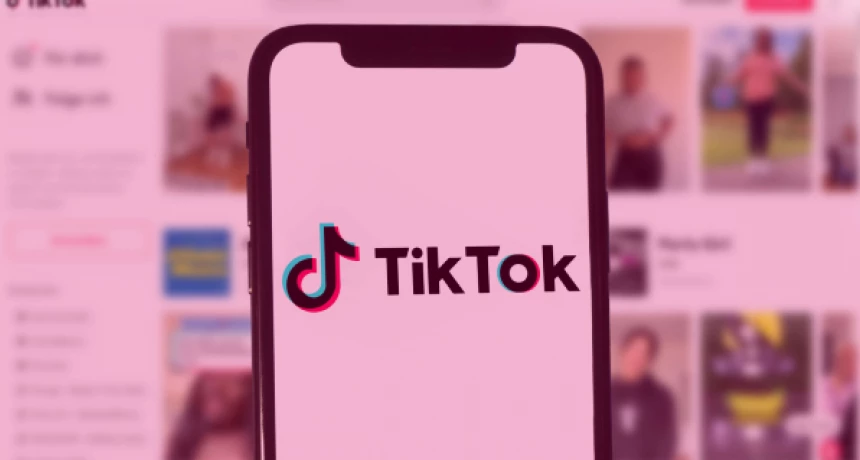In recent years, the marketing landscape has experienced a shift from broad-reach influencer campaigns to more targeted approaches, which has shifted the spotlight onto micro-influencers. Micro-Influencers have a following of between 10,000 and 100,000, they have a niche audience but enough of a following to have built a loyal community. Unlike macro-influencers, micro-influencers bring something invaluable: authenticity and engagement. Micro influencers are often seen to be more reliable and trust worthy because their audience feel as if they are personally connected to them, meaning that if you chose a micro-influencer for your brand, consumers may be more persuaded to purchase from what they perceive to be a reliable source. They generally maintain high engagement rates and balance relatability with more visibility.
For brands seeking to connect with specific audiences, micro-influencers are becoming powerful allies. Here’s why micro-influencers are on the rise and how partnering with them can elevate a brand’s marketing efforts.
Why use a micro-influencer
Micro-influencers are generally perceived as more authentic and trustworthy than larger influencers, often ranging from 3-5%. Authenticity relates to credibility, when micro influencers recommend a product, their followers often see it as a genuine endorsement. They are also more cost effective meaning it is often more beneficial to work with several micro influencers than just one macro influencer.
Sources: Impact.com
Why Micro-Influencers Are Winning Over Brands
Micro-influencers often maintain closer, more personal relationships with their followers. Unlike mega-influencers, who may feel distant or unattainable, micro-influencers interact more intimately with their audiences, fostering trust and loyalty that larger influencers may struggle to achieve. Here are a few reasons why micro-influencers are quickly becoming a go-to strategy for brand marketers.
1. Higher Engagement rates
Micro-influencers have higher engagement rates because of their more personal connections with their followers. Micro-Influencers experience a 6% engagement rate on Instagram and mega-influencers see engagement rates around 1.97%. This data highlights the potential of micro-influencers to achieve higher engagement and drive improved business outcomes. Additionally, their affordability appeals to marketers, as micro-influencers generally charge more budget-friendly rates. Ensuring you get the best possible return on investment.
Sources: Trustpilot
2. Building Trust with Potential Customers
Micro-influencers are skilled at making branded content feel authentic. They incorporate products and services into their lives in a way that feels natural and relatable to followers. When a brand is introduced through this approach, it feels like a recommendation from a friend rather than an ad. This trust-building process is particularly important for lesser-known or emerging brands trying to establish a foothold in a competitive market.
Beauty Influencer Caitlin Muirhead makes content that is relatable to girls in their teens and twenties. She is a reliable source when it comes to recommendations. Check her Youtube out below:
3. Content Creation That Resonates
Micro-influencers often possess strong creative skills, producing content that aligns with their personal brand and resonates with their audience. For brands, this translates into authentic, high-quality content that feels like an ad and more like a genuine experience. This content can be repurposed across several channels, providing additional value beyond the initial influencer post.
Youtuber Venetia La Manna creates content that resonates with her personal brand and her beliefs, check her out below:
4. Audience Insights and Feedback
For brands, micro-influencers can be a goldmine of information on how products are received, what features resonate, and what could be improved. Micro-influencers can provide real-time feedback on products and services. Their connection with their following means followers are not shy about sharing their opinions. These insights allow brands to fine-tune their offerings to better meet customer needs.
5. Scaling Campaigns with Minimal Risk
When a brand partners with micro-influencers, there’s less risk involved than with larger, more expensive influencer campaigns. By working with multiple micro-influencers, brands are able to diversify their approach, reducing the risk of relying on one or two large personalities. This multi-influencer strategy can help brands test different messages and audiences, allowing for campaign adjustments without major financial setbacks.
Influencer Home with Lucy has a small following yet has worked with several well known brands. Her content is extremely relatable and raw creating a connection with her audience. Check her out below:
Getting started with Micro-Influencer Marketing
For brands interested in collaborating with micro-influencers, a few best practices can help ensure success:
Identifying the Right Influencers: Look for influencers who share similar values, aesthetics, or interests. Their audience should align closely with your target demographic for the best results.
Focus on Engagement Over Followers: When choosing influencers, prioritise engagement rates over follower counts. Micro-influencers with a small but highly engaged following are often more impactful than those with large but passive audiences.
Establish Authentic Relationships: Treat micro-influencers as partners rather than simple advertisers. Building a genuine relationship with influencers will encourage them to create authentic content that aligns with their brand.
Track and Measure Results: It is essential to track engagement, conversions, and feedback. Analyse what worked and what didn’t work in order to refine your approach in future campaigns.
Work With Us
As the digital landscape continues to evolve, micro-influencers are proving to be valuable assets for brands looking to reach niche audiences in authentic and impactful ways. They offer an engagement driven, cost-effective, and versatile approach to influencer marketing that can elevate brand awareness, drive conversions, and foster lasting customer relationships. For brands willing to embrace this trend, micro-influencer marketing offers a unique opportunity to make meaningful connections in an increasingly crowded market. Work with us to find your perfect match for your next campaign!





